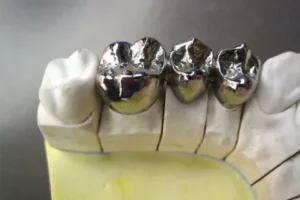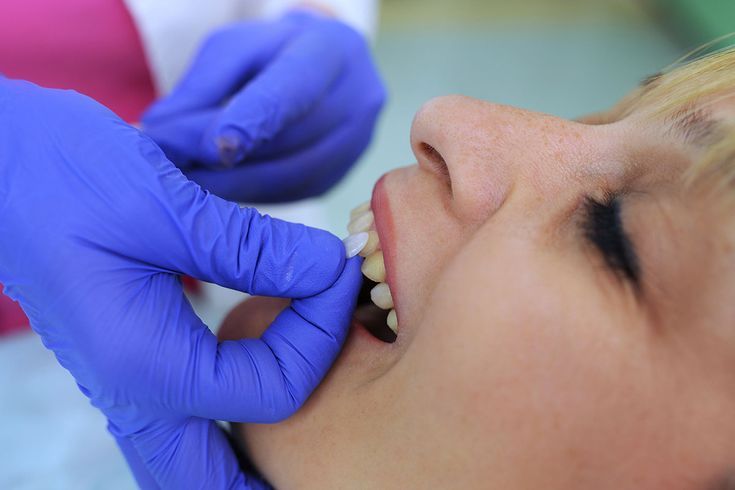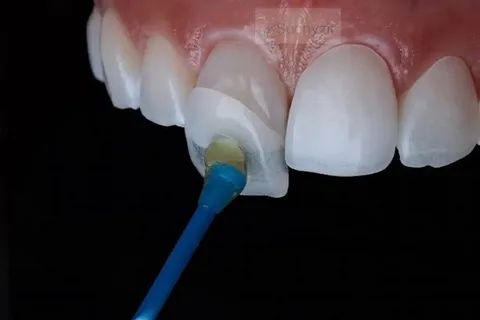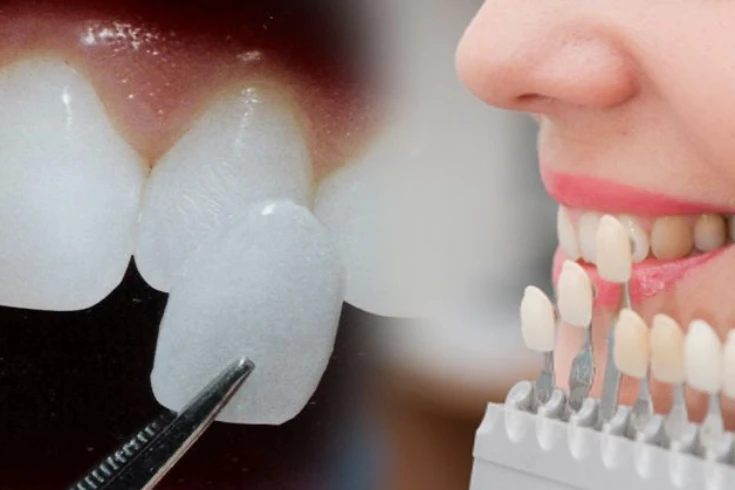Pediatric dentistry plays a crucial role in ensuring young patients achieve and maintain optimal oral health. Among the various treatments available for children, pediatric dental crowns are a common and effective solution for protecting and restoring damaged or decayed teeth.
These specially designed crowns are tailored to meet the unique dental needs of children, offering numerous benefits that go beyond just aesthetics.
In this blog, we will explore everything there is to know about pediatric dental crowns, from their advantages and the materials commonly used to how the procedure is performed.
Understanding the purpose and process of pediatric crowns can help parents make informed decisions about their child’s dental care, ensuring that young smiles stay healthy and strong.
What is a Pediatric Dental Crown?
The dentist designs special caps known as pediatric crowns to cover and fully protect a damaged or decayed tooth. Being for children, aesthetic considerations may be less of a concern than in adult crowns, so restoring function and health to the tooth is often the primary concern.
Crowns used for kids are long-lasting, extremely durable, and very important in maintaining the integrity of primary teeth until they fall out naturally and are replaced by permanent teeth.
Why Are Crowns for Kids Necessary?
A child’s tooth often requires a crown when it is severely decayed, cracked, or traumatized. Pediatric crowns assist in several ways:
- Restoring the Tooth’s Function: Pediatric dental crowns assist in restoring the chewing ability of the tooth, as well as normal speech development.
- Preventing Further Decay: Pediatric crowns prevent further decaying into other teeth by fully covering the damaged tooth.
- Space for maintaing permanent teeth: Crowns for kids maintain space for permanent teeth to keep spacing correct. This is very crucial during the growth of a child, as proper alignment of teeth depends on it.
- Improving the Appearance and Self-Esteem: Sometimes restoration of a poorly damaged tooth with a pediatric crown may help improve the child’s appearance and increase confidence.
Types of Pediatric Crowns
There are different types of pediatric dental crowns, each with unique benefits. Ordinarily, the choice of crown depends on the location of the tooth and the level of damage. Here are the most common types of pediatric crowns:
- Stainless Steel Crowns
- Zirconia Crowns
- Composite Strip Crowns

Types of Crowns for Kids
Stainless Steel Crowns:
Stainless steel crowns are one of the most frequent types of dental crowns in children. They are robust, not expensive, and are especially designated for the molars. They may not appear very pleasing to the eye, but they have done a great job back in the teeth part, where their visibility might not be observed.
Zirconia Crown:
Zirconia Crown are popularly used on the front teeth because they are made from a tooth-colored material that imitates the natural look of teeth. They are biocompatible, meaning they will cause less allergic reactions, hence giving your teeth a natural look.
Composite Strip Crowns:
These crowns are made of a resin-type material and are placed on the front teeth. They are the most aesthetically pleasing option for pediatric crowns since the color most closely approximates the natural tooth. However, they are not as resilient as either the stainless steel or the zirconia crowns. Also, it may need to be replaced over time.
Pediatric Dental Crowns-What is the procedure to get crowns for kids
In a few steps, a dentist generally places pediatric crowns. The following are the crown procedures:
- Examination and Consultation: The dentist examines the child’s tooth to determine whether a crown is needed. This may involve taking an X-ray to check the extent of damage or decay in the tooth.
- Preparation of Tooth: The affected tooth is cleaned, and the decaying portions are removed. The tooth is shaped to accommodate the pediatric dental crown.
- Crown Placement: Once the tooth is prepared, a selected crown made of either stainless steel, zirconia, or composite is placed over the tooth and cemented into place with dental cement.
- Follow-Up Care: Once the pediatric crown is placed, the dentist will provide aftercare instructions to help keep the crowned tooth as long as possible.
Pediatric Crowns Benefits
There are several advantages of pediatric crowns. The advantages of having or using pediatric dental crowns for restoring a child’s tooth include the following:
- Durability: Stainless steel and zirconia pediatric crowns are particularly resistant to chewing forces, allowing for long-term use.
- Quick and Efficient Treatment: Crown placement in kids is a very simple and uncomplicated procedure. It is usually attained in just one visit to the dental clinic.
- Minimally invasive: Pediatric crowns allow the dentist to preserve as much of the natural tooth structure as possible. This is quite important in young patients.
- Cost-Effective Solution: Among those, stainless steel crowns are an inexpensive way to restore a tooth. Hence, they help the parents so much to keep the dental expenses within their budget.
How to Care for Pediatric Dental Crowns

care for dental crowns
The care and maintenance of pediatric crowns are no different from caring for your child’s natural teeth. Here’s how you can make your child’s crowns last for a very long period of their lifetime:
- Practice Good Oral Hygiene: Ask your child to brush their teeth as they normally would. At least a couple of times daily, floss to prevent plaque from building up around the crown.
- Avoid Hard and Sticky Foods: Hard candies, caramels that stick, and chewing gum are examples of foods that can easily dislodge or damage pediatric crowns and, therefore, should be avoided.
- Routine Dental Visits: You should schedule dental follow-up visits to monitor the condition of your child’s pediatric dental crowns and the general health of their teeth.
Pediatric Dental Sedation: A Complete Guide on Pediatric Sedation Dentistry
Conclusion
Pediatric crowns are one of the best ways to restore and protect young teeth. Whether it is stainless steel, zirconia, or composite crowns, consultation with a qualified pediatric dentist will help you consider what works best for your child. After all, crowns for kids not only help maintain good dental health. It also helps in the general well-being and confidence of the child. If you believe your child might benefit from pediatric crowns, consult with your dentist today. If performed correctly, pediatric dental crowns can be one of the greatest tools available in the treatment process to help your tiny one have a healthy smile.
FAQ’s
- Are pediatric crowns expensive?
Stainless steel crowns are typically more affordable compared to other types, such as zirconia or composite crowns. The overall cost may vary based on the dental practice and the crown material used. - Is the placement of pediatric dental crowns painful?
The procedure is generally not painful, as local anesthesia is used to numb the area. Most children tolerate the process well, and the dentist will make efforts to ensure the child’s comfort throughout the procedure. - Can a pediatric dental crown be used on baby teeth?
Yes, pediatric dental crowns are commonly used on baby teeth to protect them until they fall out naturally. This helps maintain space for permanent teeth and prevents misalignment. - How do I know which type of pediatric crown is best for my child?
The best crown for your child will depend on the location of the tooth, the level of damage, and aesthetic considerations. Consulting with a pediatric dentist will help you choose the most suitable option. - Can my child’s crown come off?
While pediatric crowns are securely placed with dental cement, they can occasionally come loose due to trauma or chewing on hard objects. If this happens, contact your child’s dentist immediately for repair or replacement.





